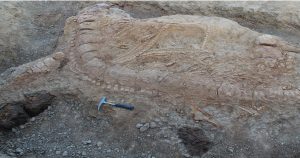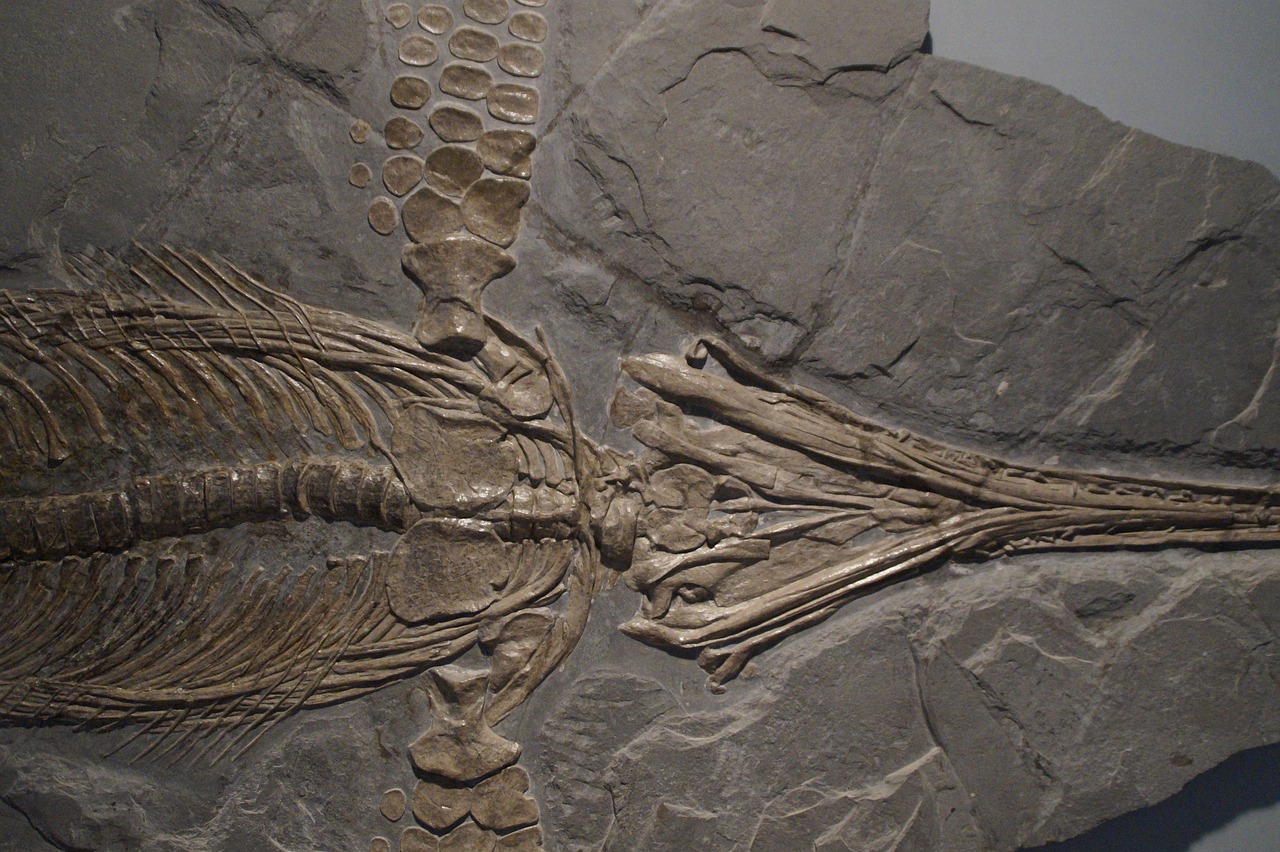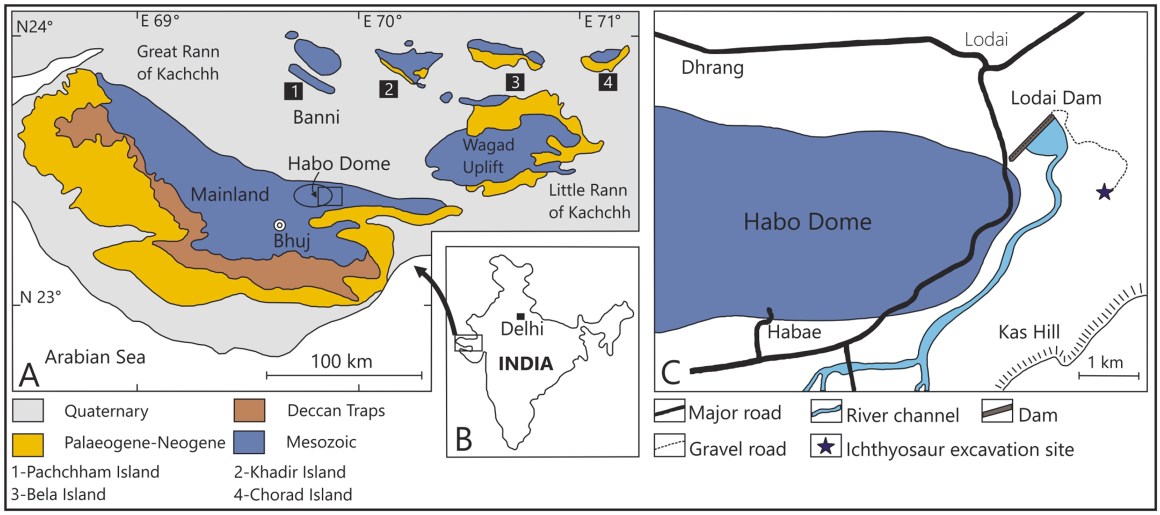
Scientists Discover India’s Oldest Fossil of a Jurassic Sea Monster In Gujarat
Scientists in India have discovered the oldest Fossil of a Jurassic Sea Monster and it is 152-year-old. The researchers are of the view that the fish lizard or ichthyosaurs had lived about 90 to 250 million years ago. The remains of the 5.5-metre-long reptile were found inside rocks from the Mesozoic era in the western state of Gujarat.

They have found the remains of the sea animal after 1500 hours of digging. This is the first reptile fossil found in India that dates back to Jurassic Era. The truly rare find could redefine paleontologists’ understanding of how the creatures spread throughout ancient oceans.
Such fossils are more familiar farther north, paleontologists say, making the Indian skeleton a scientific marvel both for its level of preservation and surprising final resting place. “Vertebrate fossils are rare from the Kachchh region, and we were expecting only bone fragments from this area,” said Guntupalli V.R. Prasad one of the researchers behind the study.
“So to find a near-complete skeleton is surprising as well as exciting.” Mr. Prasad said ichthyosaurs, or “fish lizards”, resembled modern dolphins and whales and lived between 250 and 90 million years ago. “Their main marine competitors were plesiosaurs, another group of marine reptiles, and sharks,” he said.

“While the dinosaurs were dominating the land, the pterosaurs, flying reptiles, were the rulers of the air.” In a statement, the team said the specimen might reveal whether there was a marine connection between India and South America around 150 million years ago.
The researchers consider it a great success and achievement because the creature was native to North. One of the researchers says that they were expecting only bone fragments from the region. He also says that they are quite surprised to find a complete skeleton. This is because the experimentation on this skeleton would tell us a lot about the Sea Monsters that had lived millions of years ago.
The bones were encased in dense, sedimentary rock and posed a brutal test for excavators working in a region where temperatures hit nearly 100 degrees Fahrenheit. Those excavators were also tasked with maintaining the miraculous preservation of the skeleton. As reported that the sea monster’s backbone was discovered more or less in a continuous line. Its left forefinger had also maintained its true shape.
The head and the jaws of this monster prove that Ichthyosaurs were great predators. They usually feed on fish, mollusks, and other sea animals. Firstly, they could not find skull and jaw. But, after digging below the skeleton, they have found the skull and jaw embedded in a rock. The discovery of the skull and jaws proved a lot useful because these gave an insight into the life and food of the sea reptile.
Previous finds tended to be about 50 million years younger and made up of only isolated teeth or poorly preserved vertebrae.